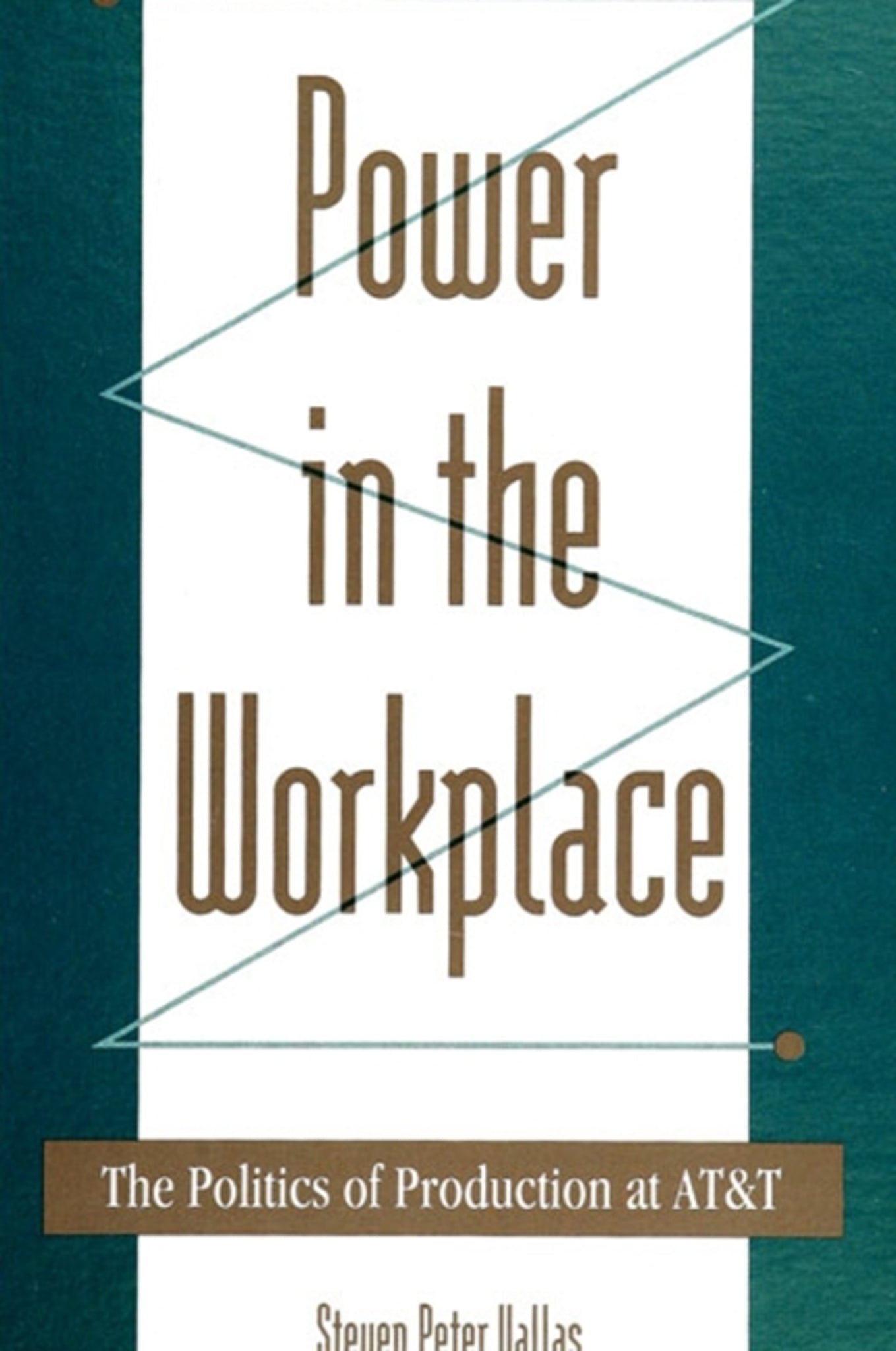We're sorry. An error has occurred
Please cancel or retry.
Power in the Workplace

Some error occured while loading the Quick View. Please close the Quick View and try reloading the page.
Couldn't load pickup availability
- Format:
-
14 January 1993

This book presents a systematic case study of the hi-tech communications industry that reveals many trends in managerial authority in the workpace. Vallas reveals the mechanisms that enable advanced capitalist firms to achieve and maintain control over the workers they employ. He demonstrates that the spread and integration of automated technologies place lower level human labor in positions of declining power. The new regime does not deskill workers and need not lead toward what some have called electronic sweatshops. Nevertheless, Vallas concludes that increasing managerial control over production poses a major challenge to those who advocate labor participation in the management of American industries.


"The issues of labor force deskilling versus enskilling, and the questions of why labor has not been more forceful in response to recent economic changes are very significant. The discussion and evidence are central to arguments in the field of the sociology of employment." — Paul Teske, State University of New York at Stony Brook
"This is a serious contribution to the labor process debate. I am especially impressed by the way Vallas combines a historical/theoretical approach with his case study." — Philip Kraft, State University of New York at Binghamton
Abbreviations
Preface
1. Introduction
2. Work, Power, and the Monopoly Corporation
The Emiseration of Labor?
Managerial Hegemony
The Emancipation of Labor?
Discussion
3. The Old Regime at AT&T: Taylorism, Paternalism, and Labor Struggle, 1890-1947.
Weavers of Speech: The Changing Character of Telephone Work
The Feminization of the Switchboard
The Rationalization of the Labor Process, 1890-1915
The Structure of Labor Control at AT&T
A Little Robot of Steel: The Mechanization of Labor
Institutionalizing Paternalism
Two Firms, One Regime
Conclusion
4. Capital, Labor, and New Technology
Technology, Skill, and Power at Work
The Structure of the Bell System after World War II
Tradition Amidst Bureaucracy
The 'Real Subordination of Labor' Revisited
The Nature of Plant Work in Manual C.O.s
Rationalization and Resistance
Information Technology and Work Processes
The Automation of Craft Work
The Automation of Clerical Work
Estimating the Links among Technology, Work, and Alienation
Conclusion
5. The Limits of Managerial Hegemony
The Dominant Ideology at Work
The Ideology of Participation
Economic Competition and the Workers Response
Sources of Variation in Working-Class Consciousness
Conclusion
6. Conclusion
Labor Control in the Monopoly Core
Beyond the New Regime
Appendix: Research Methods and Sample Design
Notes
References
Index



